Top 15 Best Practices in Enterprise Resource Planning
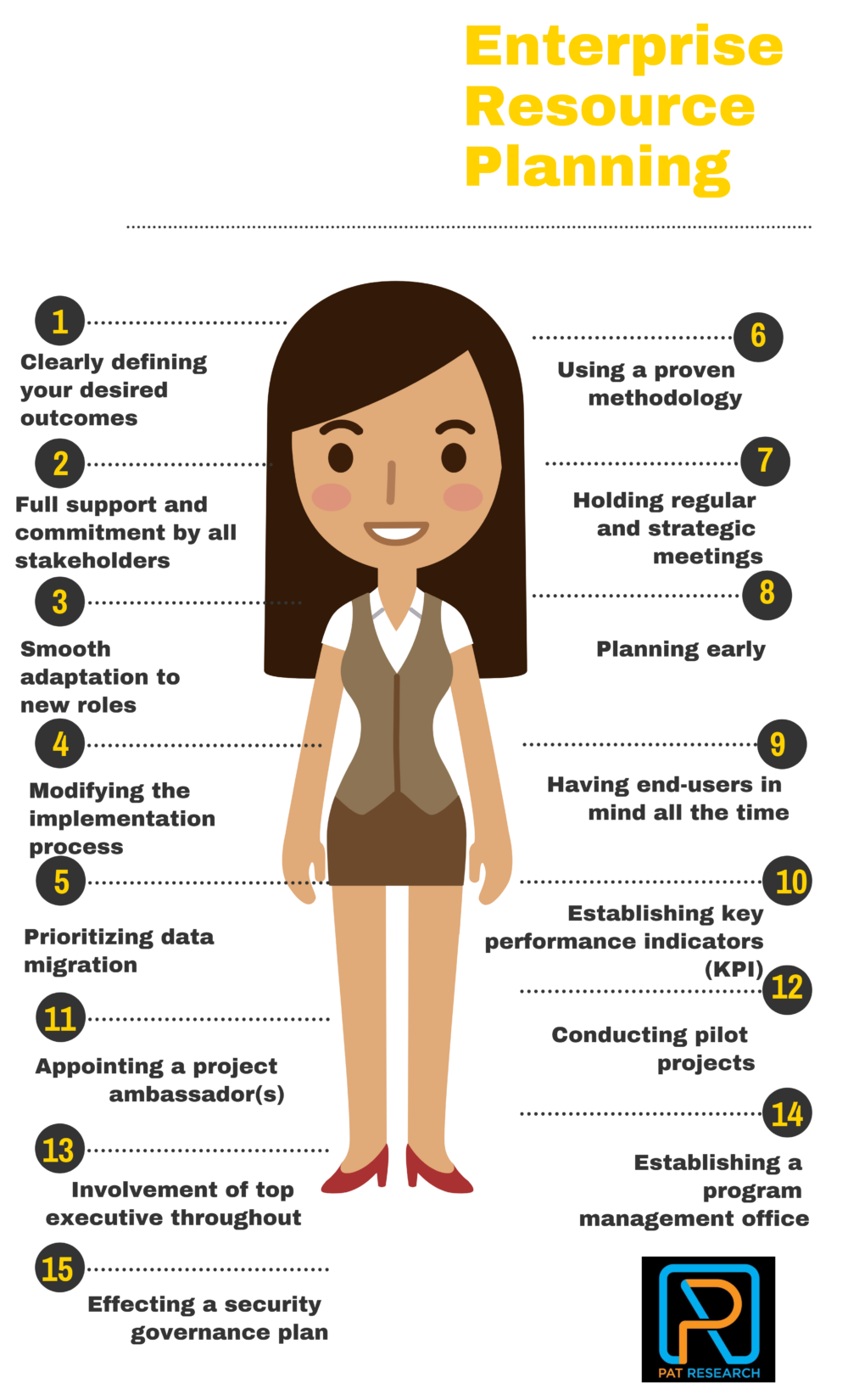
In today’s ever changing digital space, change is inevitable. Companies need to embrace these changes or risk losing their market share. One of those changes is the Enterprise Resource planning (ERP) technology. That’s why, now more than ever, companies are leveraging Enterprise Resource Planning software solutions in their business strategies.
Both large and small businesses are reaping multiple benefits by implementing ERP Software. Enterprise Resource Planning is the process by which a company uses customizable applications to manage and integrate its core business processes. Accordingly, ERP software allows businesses to centralize and integrate data from different departments such as planning, finance, human resources, sales and marketing into a single database, application and user-interface.
What are Enterprise Resource Planning?
ERP Software helps end users to accomplish their tasks more quickly in their day to day operations, while increasing their effectiveness and productivity, and improving their job performance. ERP software allows senior management to have access to a shared database with real-time information. For instance, with ERP software, both senior and middle-level managers can monitor production, inventory levels, and sales on a daily basis, and on a single application. This is not possible in companies without an ERP solution, where departments might end up creating contradicting reports and records.
Hence, managers with the ERP software can make confident decisions based on credible information and when knowing they’ve the complete picture at any given moment. Moreover, they will be able to readily generate useful reports. This total visibility of data also streamlines workflows between the different departments of the company.
However, these benefits can only be realized if the ERP systems are implemented correctly. For starters, the ERP software implementation process can be a little confusing. From the costs, ROI concerns, to choosing the right ERP software for your business.
Taking into account that ERP is a major undertaking, every decision you make, could either lead to the success or failure of the project. Every team member involved in the implementation process should be familiar with the basics of ERP software.
You may like to read: Top ERP Software, Free, Open Source ERP Software, Top ERP Software for SMB, Top Cloud ERP Software, ERP Software for Large Business.
Top 15 Best Practices in Enterprise Resource Planning
There are many types of ERP solutions out there but not all of them are good for your business. You’ll need to select the right ERP solution for your company before proceeding to the implementation stage. The implementation process can be long, exciting, tedious, and filled with lots of uncertainty.
In fact, over 50% of ERP software implementation processes take longer than expected and over half of those exceed budgeted costs. However, the process doesn’t have to be so long and costly. With the right planning and execution, the implementation process can be just quick and cost-friendly.
In order to help you avoid the pitfalls and sidestep some common setbacks, we’ve compiled a list of best practices in ERP software implementation. These practices will help you to get your ERP software solution up and running in no time.
So, here are some of the best ERP software implementation practices:
- Clearly defining your desired outcomes
What do you need the ERP software to do?
Every company should have a clear vision of what they want to achieve with ERP implementation. Maybe your key objective is to smartly manage your inventory or to scale up operations to vitalize revenue growth. Having clearly defined goals is a catalyst for ERP software implementation success.
- Full support and commitment by all stakeholders
An ERP implementation process requires ongoing support and involvement from all staff across the organization. The project should have the full commitment of executive and it should not be “starved” of funds. Due to the broad scope and duration of the implementation process, familiar workflows in the company may be interrupted. For this reason, the project will need to be supported by external stakeholders as well.
- Smooth adaptation to new roles
Implementation of ERP software can cause changes on not only business processes but also on people. It may cause changes in job roles and portfolios, which employees may find hard to adapt to within the stipulated time. Hence, companies should give employees time to adapt to these new roles and processes and train them before, during, and after the implementation process or with every upgrade.
- Modifying the implementation process
While undertaking an ERP implementation companies need to first prioritize and define the key requirements of the business. However, prioritizing and defining key requirements isn’t a one-off thing. Instead, it should be considered an ongoing process that modifies the implementation process to make it align with the ever-changing needs of the company.
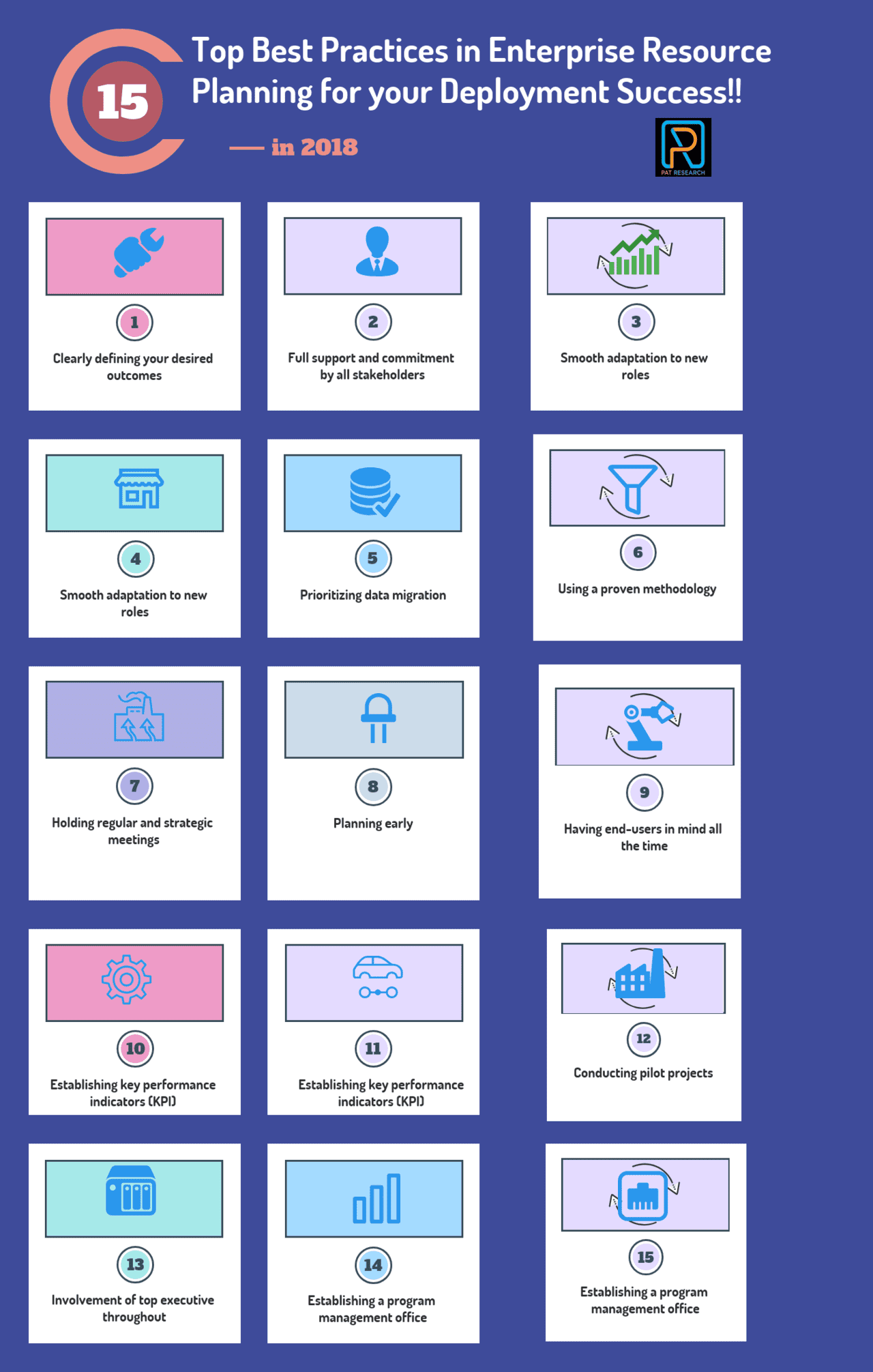
Top 15 Best Practices in Enterprise Resource Planning
- Prioritizing data migration
Data is one of the most vital assets of every company. So, data migration should be an integral part of the implementation process. This is to prevent cases impacting the business operations negatively when data migration hitches between systems are exposed late into the implementation. Companies should consider testing how data is migrated between the software and existing systems. And, to avoid redundancies the data should be put through a deduplication process.
- Using a proven methodology
If a certain methodology has worked for others, it does not mean it will work for you too. Companies should only use implementation strategies that have a proven track record for success. It is wise to reduce risks by using tools and methodologies that have consistently demonstrated their effectiveness over other implementation methods.
- Holding regular and strategic meetings
Companies should hold regular and strategic meetings to review the success of the implementation process. It’s very important that all the involved parties i.e. end users, implementers and software vendors are represented in those meetings. These meetings are a way of ensuring that the implementation of the ERP solution stays on the right track by identifying those functions, processes and analytics that need first priority.
- Planning early
To avoid delays in the implementation processes, companies should start planning early. In fact there’s no substitute for planning. All activities associated with vendor evaluation, defining key requirements and key performance metrics should be decided upon way before the implementation stage. In addition, you should make sure the software’s functionalities are in conformity with the needs of the business. Failure to do this may lead to wastage of resources or possibly delay the implementation process
- Having end-users in mind all the time
When implementing ERP solutions, companies need to seek ideas from end-users as their insights can contribute to making the implementation process a success. Additionally, they can help to identify potential problems and hitches, which can go a long way in ensuring the implementation process is a success. It can also help in directing corporate resources and funds toward the things that can boost the ERP software implementation process.
- Establishing key performance indicators (KPI)
Key performance indicators can be used as a measure of progress and performance during ERP implementation process. Performance metrics normally help in evaluating the success of the ERP software and in eliminating things that might be delaying implementation of the solution.
- Appointing a project ambassador(s)
Senior management should select someone to be trained on how the ERP software works. The particular person should then be able to clearly explain the benefits of ERP implementation to their peers and be able to guide others on how best to use the software.
- Conducting pilot projects
Before a company implements an ERP solution they need to first conduct tests with a pre-release version of an ERP solution in a real world scenario. Due to too much reliance on functional testing, so many ERP pilot tests lose track of testing integrated business scenarios. The ERP project team should also review and act on the results of every test.
- Involvement of top executive throughout
Implementation of ERP is more successful when it’s supported from the top management. It is therefore important for senior executives to be involved fully from the initial stage of the implementation process. Additionally, the implementation process can be intense with so many decisions to be made and challenges to be resolved. Hence, senior executives should work hand in hand with the IT department to ensure success of the project.
- Establishing a program management office
During the ERP implementation process, there’s a need to keep track of even the minutest of details. That’s where a program management office (PMO) comes in. The core responsibility of the office is overseeing the effective implementation of the ERP solution cross the organization. This involves respond to incoming issues, documenting the responses, and ensuring certain issues don’t escalate beyond control.
- Effecting a security governance plan
Most companies engage in a lot of activities during the ERP implementation period. They end up neglecting some vital security measures. For instance, some activities like data migration may require compliance with the law. Consequently, the company needs to come up with measures and plans to help identify things that need authorization and authentication.
Conclusion
It doesn’t require magic to successful implement an ERP solution but rather such things as feasible plans, constant improvement, and collaboration of all involved parties in the implementation process. With all these best ERP practices at their disposal, companies should be able to successfully implement ERP solutions with ease.
Here are the trending and the top rated ERP Software SMB for you to consider in your selection process:
Here are the trending and the top rated ERP Software Cloud for you to consider in your selection process:
Here are the trending and the top rated ERP Software Large for you to consider in your selection process:
Here are the trending and the top rated ERP Software Free for you to consider in your selection process:
You may like to read: Top ERP Software, Free, Open Source ERP Software, Top ERP Software for SMB, Top Cloud ERP Software, ERP Software for Large Business.
What are the Best Practices in Enterprise Resource Planning?
The Best Practices in Enterprise Resource Planning includes Clearly defining your desired outcomes, Full support and commitment by all stakeholders, Smooth adaptation to new roles, Modifying the implementation process, Prioritizing data migration, Using a proven methodology and many more.













































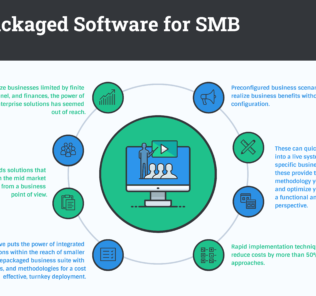
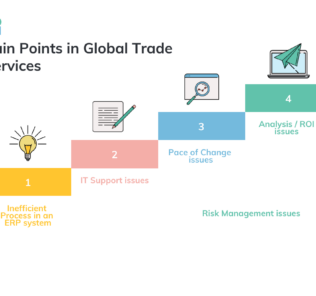
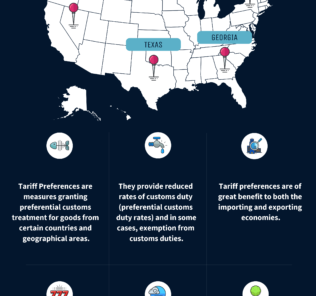
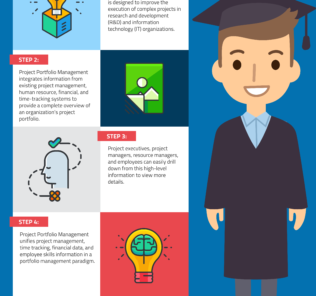
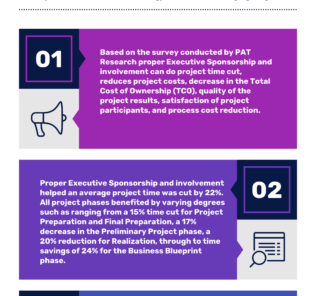
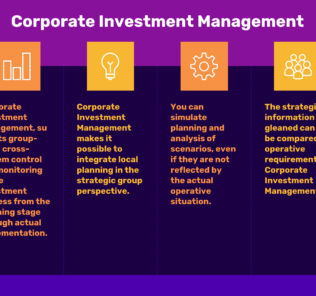




ADDITIONAL INFORMATION
hey,
That’s Huge Info. This is the one-stop info for Enterprise Resource Planning best practices.
thanks
keep sharing.